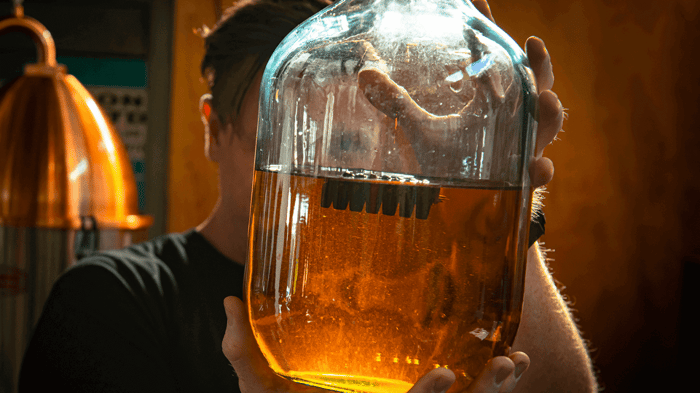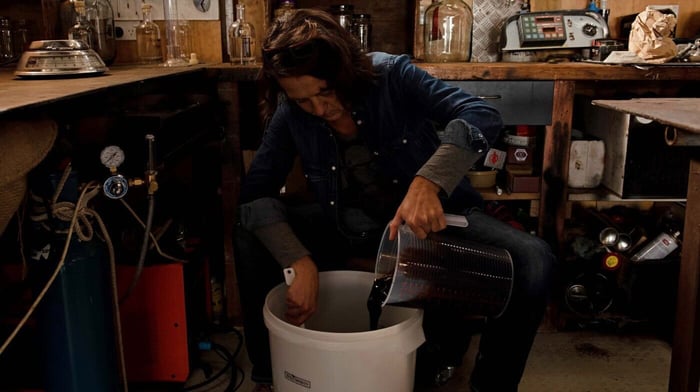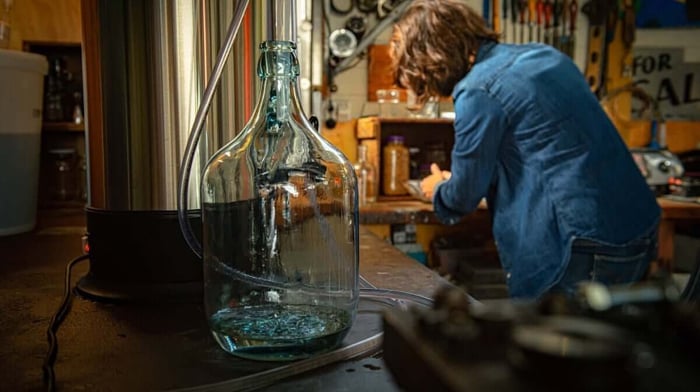Ageing alcohol takes time, but as the old saying goes - good things come to those who wait.
Ageing Dark Spirits from a Pot Still
Dark spirits such as whiskey, dark rum, and brandy, are typically oaked at approximately 63% ABV, however, you may oak at a lower ABV if preferred. Many home-distillers age their spirit on oak at a rate of 10g of oak per litre of spirit. Again, you may increase or decrease the amount of oak used depending on your preference, but it is important to remember that you will usually achieve better results using smaller amounts for a longer period. The time left on oak will vary depending on the amount of oak used, especially if using a barrel.
If you age your spirit in a glass container you will almost instantly see the colour start to come through, though it takes time for all the chemical changes to occur between the alcohol and the oak.
Try leaving the alcohol to age for at least three months (tough, we know!) and then take some out, dilute to drinking ABV and taste it. You may find it’s acceptable to drink, however, try to age it for longer as you will see amazing changes happen at 6 months, 12 months, and even longer. You can even try ageing multiple batches and then try blending portions together to create something entirely new. Check out our article on how to blend cuts to learn more about this.
Ageing Neutral Alcohol for Flavouring
When most people start home distilling, they usually begin with distilling a neutral alcohol to add flavourings to. While it may not be like a traditional dark spirit that requires a long time ageing on oak, ageing your neutral alcohol can improve its quality.
The easiest thing you can do after distilling your neutral spirit is let it air out for 24 hours or so with just a towel covering it, this will allow some of the more volatile and harsher aromas to evaporate – this is also called the angel's share.
Once you have added the flavouring, you can let it sit for a while, anything from a few days to a week to get the best flavour from your spirit. This allows the flavouring to properly mix and settle into the alcohol.
Depending on the flavouring type, some could benefit from ageing on oak. Rums and whiskies for example can benefit from this. While we strive to lock in the best flavour profiles in our offerings, some people may want more oak of a particular kind, or just want to experiment. You can choose to age your neutral on the oak before, or after the flavouring has been added. Here you can also experiment with different amounts of oak at different times.
When it comes to ageing both neutral and dark spirits, it's important to try different times and methods to find something that works for you. Through experimentation, we often find great ways to do things so our advice to you is to keep experimenting and also keep track of your different methods through ardent note taking - the last thing you want is to make the best batch you've ever made but forget what you did to get it there!





